Spirea Japanese "Goldflame": description, planting and care
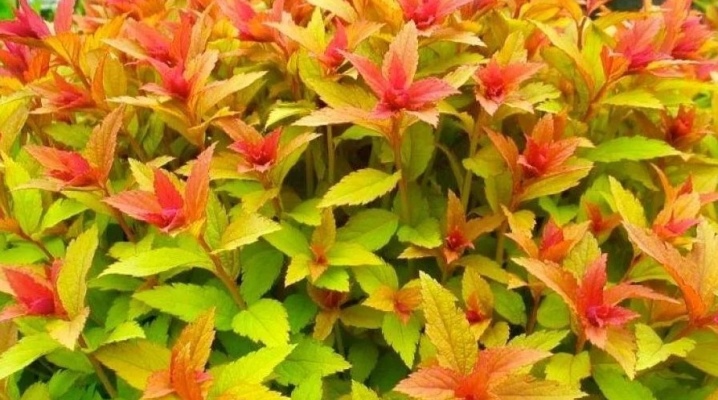
Spirea "Goldflame" is a shrub native to Japan. For its rapid growth and long flowering period, the plant was liked by many gardeners. The beauty of flowers is widely used in landscaping. Easy maintenance is also worth noting among the benefits. Almost any climatic zone is suitable for this type of spirea.

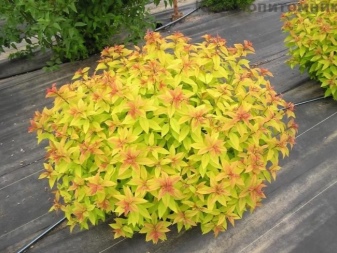
Peculiarities
Spirea "Goldflame" is a member of the Rosaceae family. The Japanese beauty has already completely conquered China, and is gradually gaining popularity in other countries. Many people see something exotic in this plant.
The description of a spirea of this species should begin with what it is a shrub. Plant height varies from 60 to 90 centimeters. Shoots are straight and erect, red with a brown tint. Sometimes they may have a wax coating.
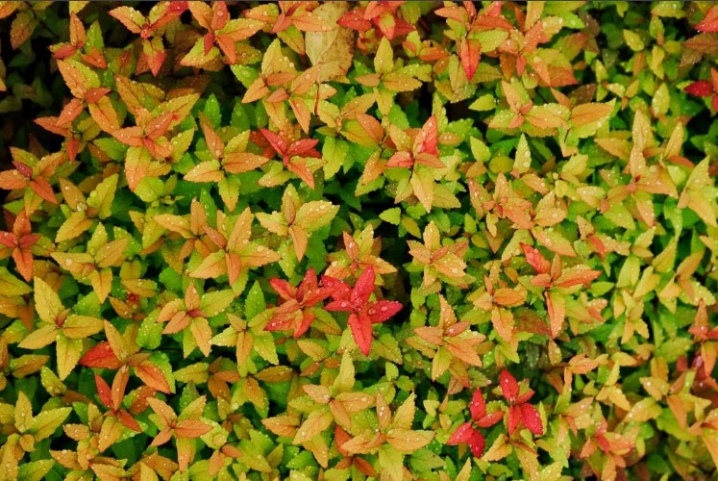
The annual growth of shoots is up to 10 cm. If you properly care for the crown of the plant and cut it in time, the spirea will be thick and lush. It is worth noting that the diameter of the crown can reach one meter.
The length of the leaves is 20-60 mm, and their shape is closest to oval. The edges of the leaf blades are marked with notches. Colors may vary depending on the season. So, in the first months of spring, the leaves have a bright green color, which then changes to bronze with a golden tint, and even later - to bronze with brown. Moreover, sometimes one bush can contain foliage of all shades at the same time. Translated from Latin, the name of the plant is translated as "golden flame".
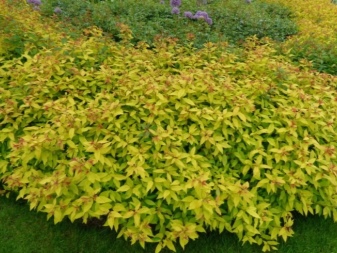


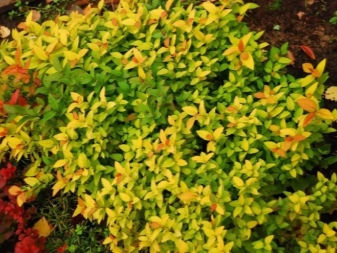
Experienced gardeners note that the color of the leaves is highly dependent on the amount of sunlight falling on them. The less shadow, the brighter the bushes will be. Of course, you can plant Goldflame in the shade, but there it will not be as decoratively attractive.
The buds appear in the first weeks of June, and the bushes bloom all summer. Small inflorescences, as a rule, form corymbose racemes. The scent of flowers attracts a large number of insects, including bees. It is convenient to place hives next to this plant. Seeds are formed in the first month of autumn in shiny bolls.
Spirea "Goldflame" has an amazing ability to release biologically active substances into the air during the flowering period, which disinfect it.
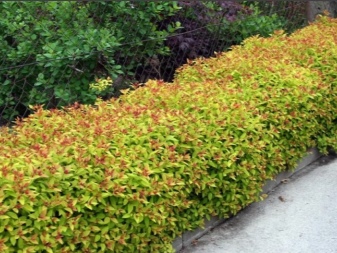
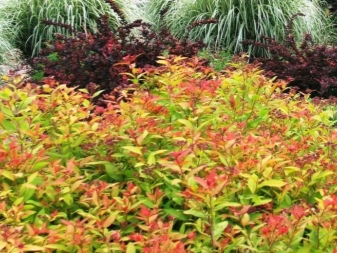
How to plant?
Planting a spirea begins with choosing a suitable place. The plant loves a lot of sunlight, but it is better to prefer an openwork shade. It is such a place that will allow the leaves to acquire an attractive brightness, and the flowers to be abundant and lush. Does not like bush drafts, underground waters, lowlands. Loose soils, preferably acidic, are best suited for him.
Well-chosen seedlings will allow the shrub to delight the eye for many years. It is better to purchase planting material from experienced gardeners or nurseries. The plant should have elastic roots, without damage or signs of disease. It is desirable that buds are formed on the seedlings.
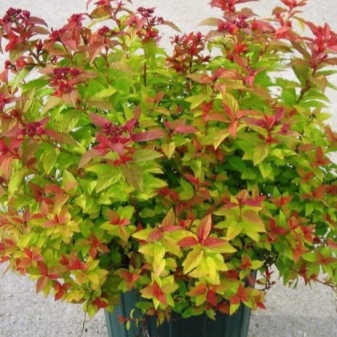
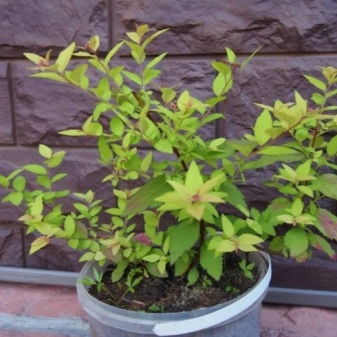
Before planting, the soil is well dug up with the simultaneous removal of weeds and roots. Planting of seedlings is carried out in holes or on a ready-made border. A couple of weeks before planting, recesses are prepared with a depth of up to 0.5 meters. Drainage from pebbles or broken bricks lies at the bottom.Then a nutrient mixture of earth, humus, peat and sand is laid in the pit, which must be well watered for settling.
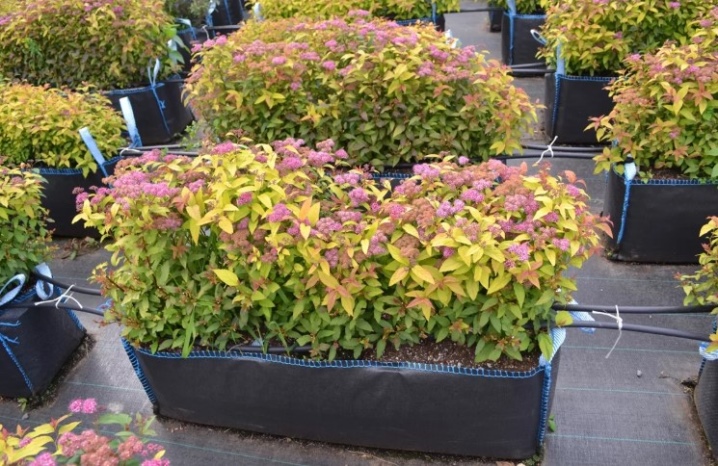
In the center of the resulting place, a mound should be made, on which the spirea will be planted. When planting, it is important to spread the roots and sprinkle them with soil. Then, about 3-4 liters of warm water should be poured under each seedling. Pour a small layer of mulch (sawdust, cut grass) on the surface to retain moisture.
It is advisable to plant on a cloudy day, or cover the seedlings for a couple of days from sunlight. The distance between the bushes should be 35-50 cm.
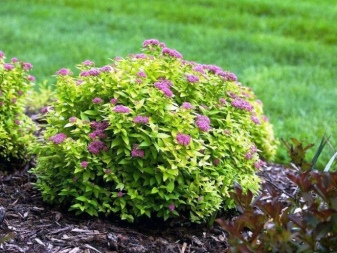
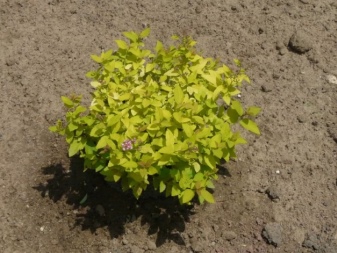
How to take care of it properly?
Caring for the Goldflame spirea consists, like most plants, in watering, loosening the soil, and top dressing. Watering is necessary regularly, but in moderation. Water should not be allowed to stagnate. Especially carefully you need to monitor the bushes in the heat, not allowing the top layer of the earth to dry out. This slows down the development of the plant and impairs its decorative qualities.
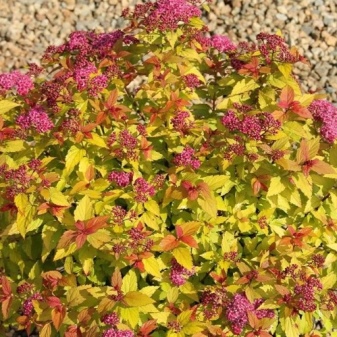
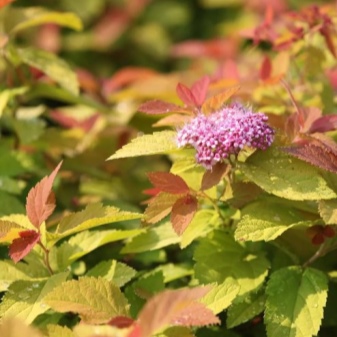
The oxygen supply is important to the roots, therefore, with each watering, it is also necessary to loosen the soil. It is also good to carry out mulching using peat or compost.
The shrub will bloom profusely only if the soil is fertile. Spirea can be fed with organic and mineral fertilizers. During the growing season, it is necessary to feed the shrub no more than 4 times. It is advisable to combine this procedure with watering.
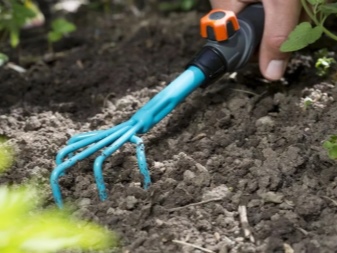
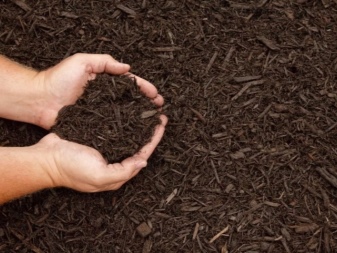
An important point in caring for a plant is pruning, which allows the shrub to form beautifully. It should be started when the spirea turns 4 years old from the moment of planting. There are several pruning options: sanitary, anti-aging and shaping.
After the winter period, it is important to remove from the bushes shoots that have dried up or have been damaged by frost. In the fall, it is necessary to cut off the inflorescences. It is advisable to also carry out the formation of the crown in the autumn months so that it is lush. The shape of the plant can be given absolutely any.
Sometimes shrubs need rejuvenating pruning to extend their lifespan. This is best done in the spring, before the juice begins to move. In the course of such pruning, almost all shoots must be removed to a height of 1 centimeter. Then, after a while, new growth will appear.
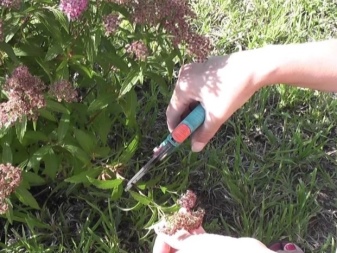
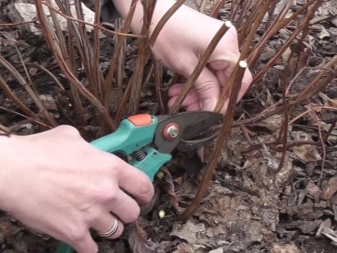
Young bushes need shelter for two years. To do this, you need to loosen the soil and sprinkle mulch with a layer of 15 centimeters. Put burlap on top and sprinkle fallen leaves on it. Then the stems must be bent to the ground, fixed with staples and wrapped in non-woven material. When the temperature is fixed at values above zero, you can remove the shelter and remove the staples, freeing the shoots.
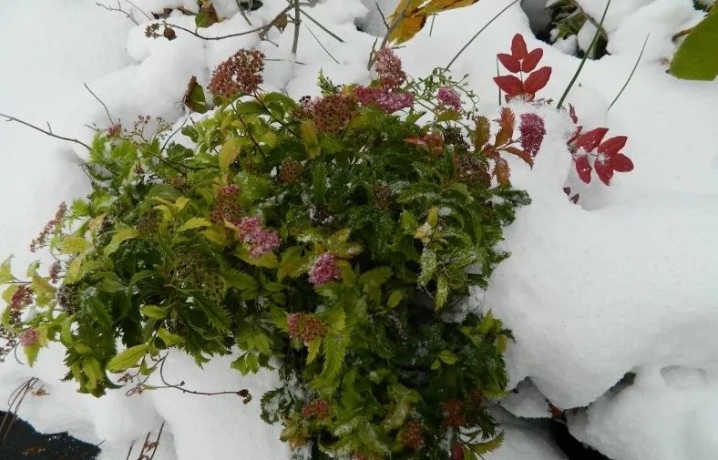
Reproduction methods
New bushes of spiraea japonica goldflame can be obtained using fairly simple methods. Saplings will turn out to be of high quality and strong if rooting is done correctly and on time.
- Layers should be done in early spring, when leaves have not yet appeared on the bushes. To do this, take a young shoot and tilt it as close to the ground as possible. In this case, it is important to fix it in a supine position with a bracket. Then sprinkle the shoot with soil. In the future, it is necessary to make timely watering in order to prevent drying out. With this method, the roots will be formed by the fall. However, the resulting seedling must be separated from the bush only next year. It is important to choose only healthy shoots for seedlings.
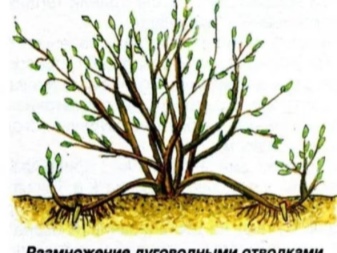
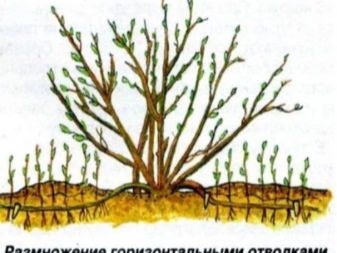
- Cuttings should be done in the first summer month. The process is that a good shoot is cut from the bush. Then it is cut into pieces so that each has a healthy kidney. For rooting, you need a mixture of sand and peat in equal amounts. The resulting soil is moistened, then cuttings are stuck into it. It is important that it is the bottom cut that enters the ground. For successful rooting, spirea is watered 3 times a day. Before winter, cuttings need shelter.After a year, you can transfer seedlings with a developed root system to a new place.
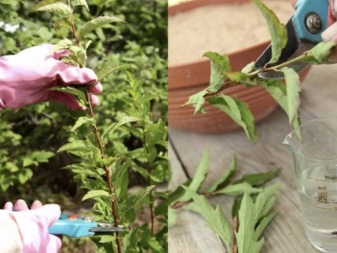
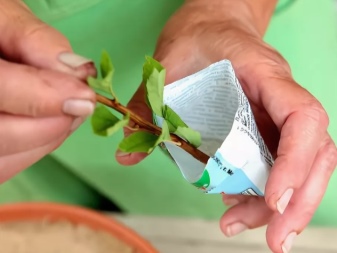
- Early spring is suitable for seed propagation. Sowing is carried out in a container with nutrient soil. Seedlings are planted in open ground in the last days of June. It is important to pinch the roots before planting. The disadvantage of this method is that the properties of the mother bush will hardly be preserved.
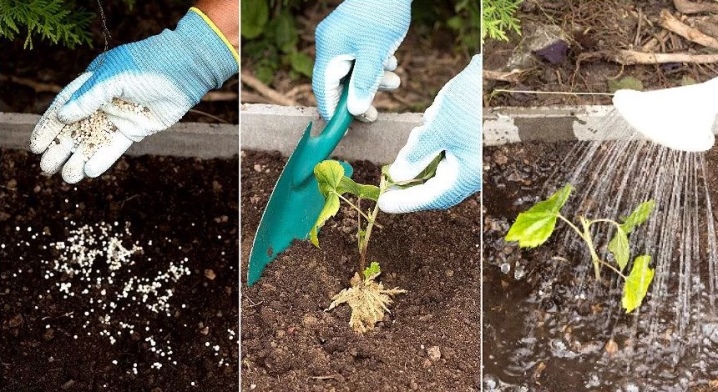
- The division of the bush is carried out in the autumn during the transplant. To do this, the bush is divided into parts, each of them must have two strong branches. Then you need to rinse the roots well, and apply crushed activated carbon to the cut sites. Landing in a permanent place is carried out in the usual way.
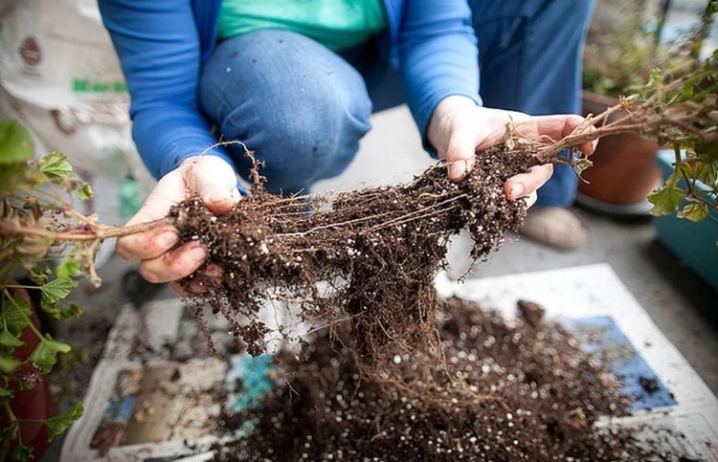
Diseases and pests
Spirea is resistant to many diseases and various pests. However, there are those who can cause significant harm to her. Among them, the greatest danger is spider mite... This is due to the fact that his eggs are very resistant to chemicals. Young shoots are most often attacked.
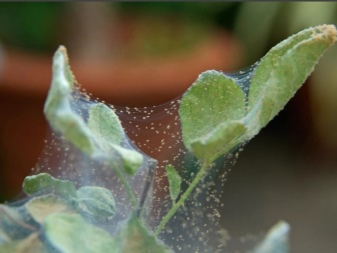
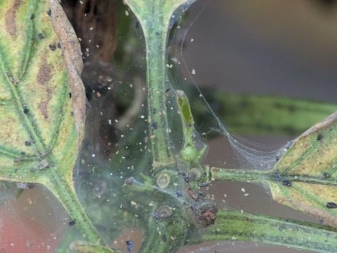
It is necessary to carefully inspect the bushes in very warm weather, when mite reproduces most intensively. You can notice the attack because the leaves have a yellow tint, they fall off. And also small holes and cobwebs can be seen on them. The plant should be treated for this type of parasite repeatedly until all individuals are destroyed. To do this, use drugs called "Phosphamide", "Karbofos".
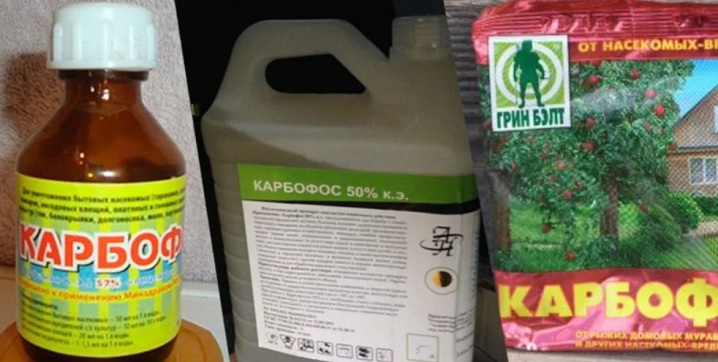
In summer, shrubs can be harmed antswho walk aphids on them. Especially you need to be careful if the anthill is somewhere nearby. Aphids suck out the juice and damage the inflorescences. As a result, the plant looks unattractive and withers. To get rid of these pests, the bushes are most often treated with Pirimor.
At the end of spring, bushes can be attacked by rosacea leaf rollthat gnaws at the leaves. If you do not fight this pest, then in a short time you can stay with bare branches. Pirimor will also be effective against the leaf roll.
Experienced gardeners recommend combining spraying with rinsing pests with water from a hose. To kill aphids and spider mites you can use the folk method of dealing with the use of dissected hogweed infusion. It is made from 1 kg of cow parsnip and 1 liter of warm water. It is necessary to insist the remedy for a day. When spraying with infusion, it is important to observe safety, since the hogweed is a poisonous plant.
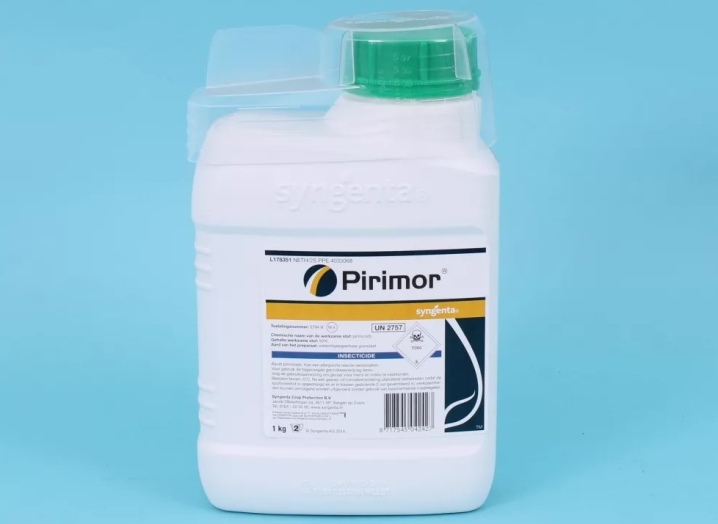
Use in landscape design
Landscape designers are very fond of the Japanese "Goldflame" spirea for decorativeness and easy maintenance. This amazing plant looks equally good on flower beds, as borders, and as hedges. Thick branches can be a great barrier to prying eyes.


The plant can be used alone or in alliance with others. Compositions of "Goldflame" with lilacs, mock orange, lilies of the valley, primrose look great. Lavender, barberry, cinquefoil, and border summer will become a spectacular addition to the Japanese beauty. The shrub will look very expressive against the background of plants covering the ground with a thick green carpet.
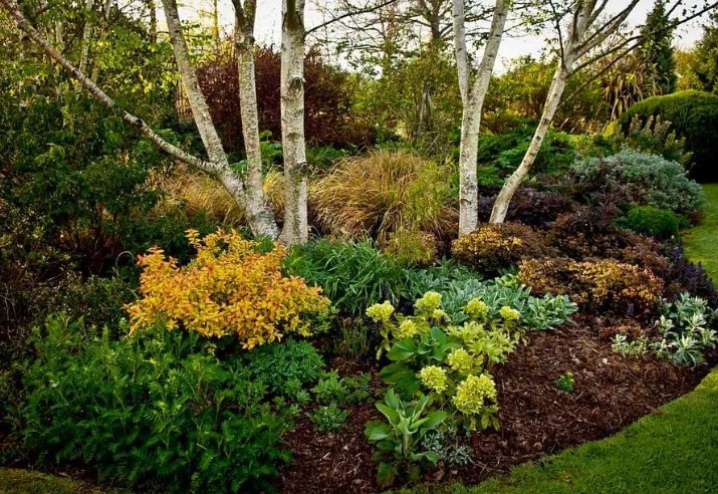
You can use Goldflame to decorate miniature gardens, spacious parks, alpine slides, complex flower beds. And also beautiful topiary figures are obtained from it. It is quite easy for the bushes to give the necessary shape.
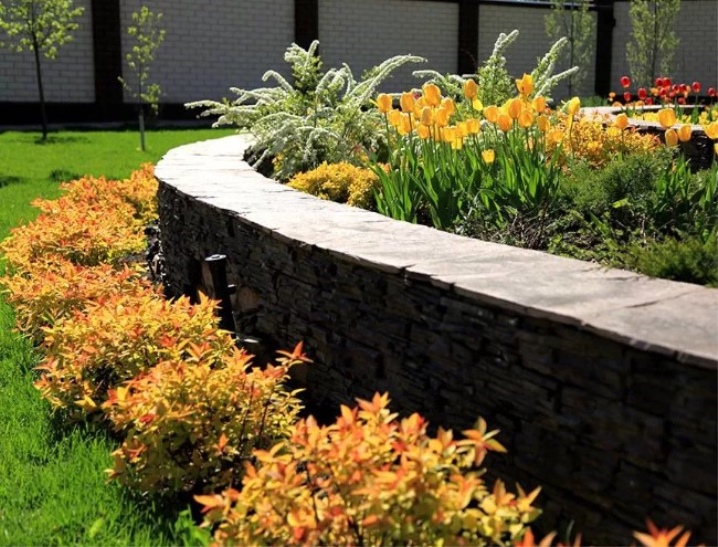
You can learn more about the Japanese "Goldflame" spirea bush from the video below.



































































The comment was sent successfully.